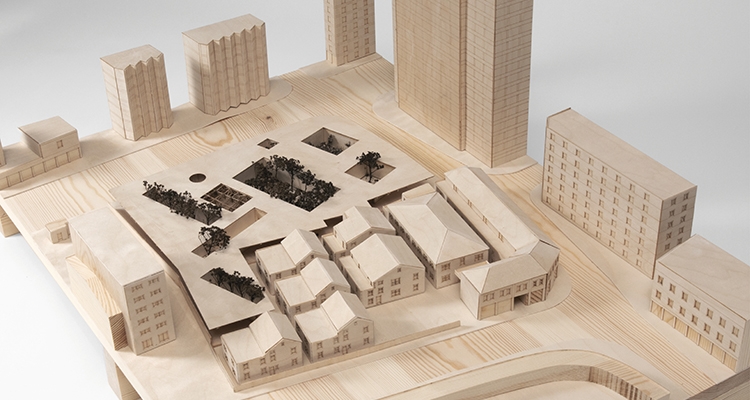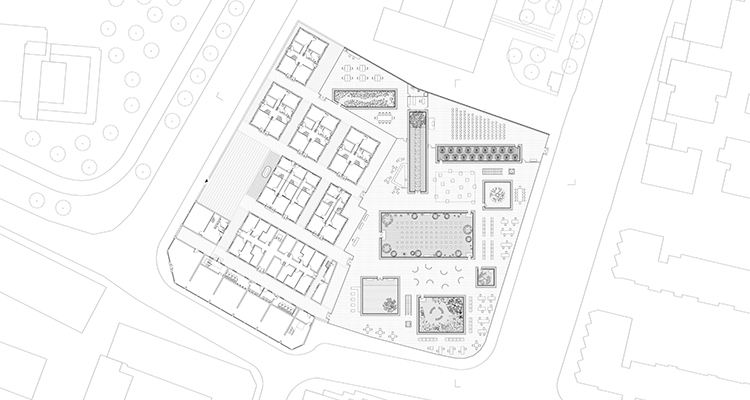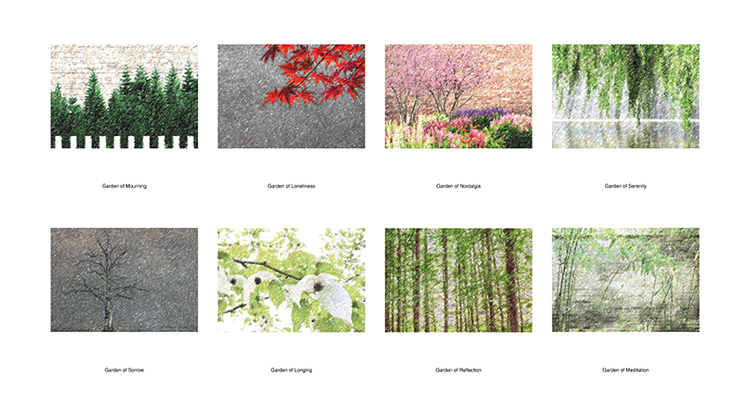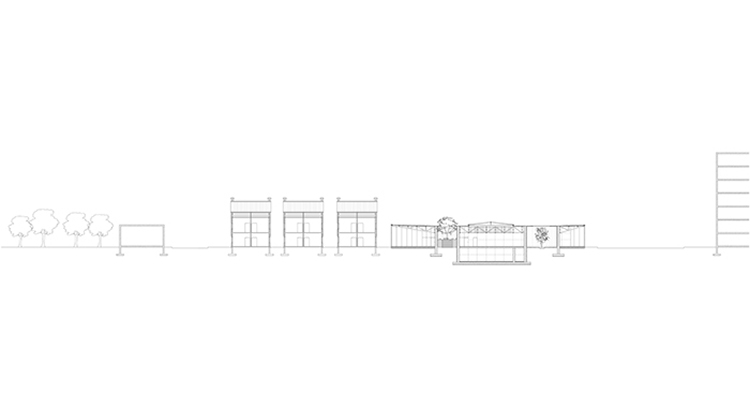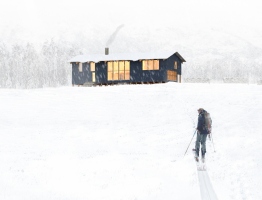Diplomprosjekt
Vår 2021
Institutt for arkitektur
During World War II, a large number of women from Japanese-occupied territories were forced into sexual slavery by the Imperial Japanese Army. These "comfort women" were imprisoned in many comfort stations. From 2014 to 2016, one well-preserved comfort station in Nanjing, China, the Liji Lane Comfort Station, was renovated and transformed into a historical museum. Due to the lack of public education space in this museum, a new learning center is proposed next to the historical site. Contrast to the narrow and dark space in historical buildings, the new learning center is defined by eight gardens.
A Garden
A garden corresponds to a building where comfort women were imprisoned.
It is an antithesis to the site, an untold dream of victims.
A garden opens to the sky, disconnected from the outside.
It represents freedom and protection.
A garden is a fragment of nature turned into an ideal form of beauty.
It represents human fantasy for nature and paradise.
Eight Gardens
Eight gardens correspond to the group of comfort women.
Eight gardens form a community, a place of collective fantasy.
Eight gardens are different and dispersed, yet interconnected by emotions.
Eight gardens create continual shifts between nature and interior, between light and dark.
To better relate gardens to both victims and visitors, I chose eight relevant emotions as themes: mourning, loneliness, nostalgia, serenity, sorrow, longing, reflection and meditation. They are a mix of victims and visitors’ feelings, creating a dualism in interpretation. Different materials, plants and space in gardens lead people through a journey of tangible emotions.
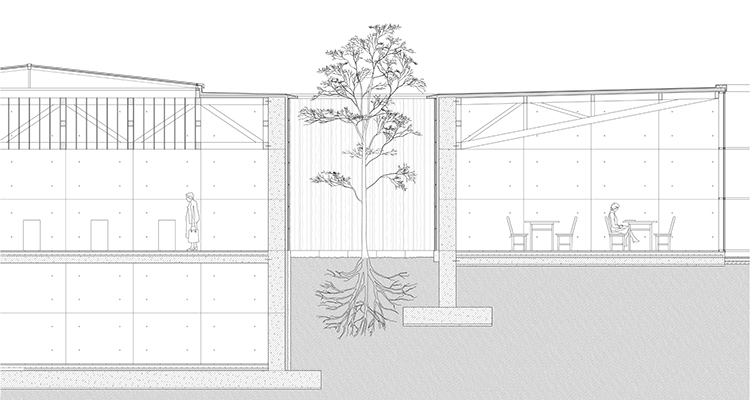
Gardens are hidden behind solid concrete walls that function as the only load-bearing walls in the building. To achieve a space without columns, a wooden truss roof is applied to solve the cantilever issue.
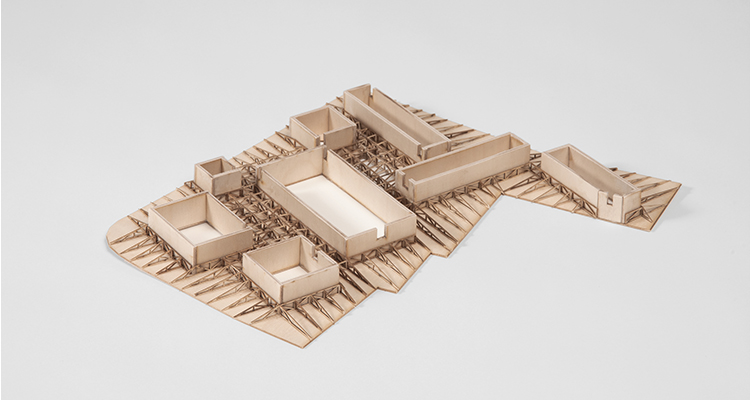

Yuning Song / yuning.song@hotmail.com
A Garden
A garden corresponds to a building where comfort women were imprisoned.
It is an antithesis to the site, an untold dream of victims.
A garden opens to the sky, disconnected from the outside.
It represents freedom and protection.
A garden is a fragment of nature turned into an ideal form of beauty.
It represents human fantasy for nature and paradise.
Eight Gardens
Eight gardens correspond to the group of comfort women.
Eight gardens form a community, a place of collective fantasy.
Eight gardens are different and dispersed, yet interconnected by emotions.
Eight gardens create continual shifts between nature and interior, between light and dark.
To better relate gardens to both victims and visitors, I chose eight relevant emotions as themes: mourning, loneliness, nostalgia, serenity, sorrow, longing, reflection and meditation. They are a mix of victims and visitors’ feelings, creating a dualism in interpretation. Different materials, plants and space in gardens lead people through a journey of tangible emotions.

Gardens are hidden behind solid concrete walls that function as the only load-bearing walls in the building. To achieve a space without columns, a wooden truss roof is applied to solve the cantilever issue.


Yuning Song / yuning.song@hotmail.com
